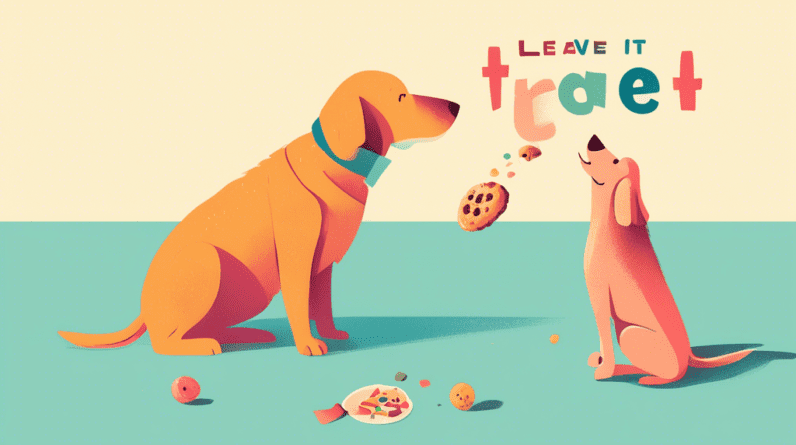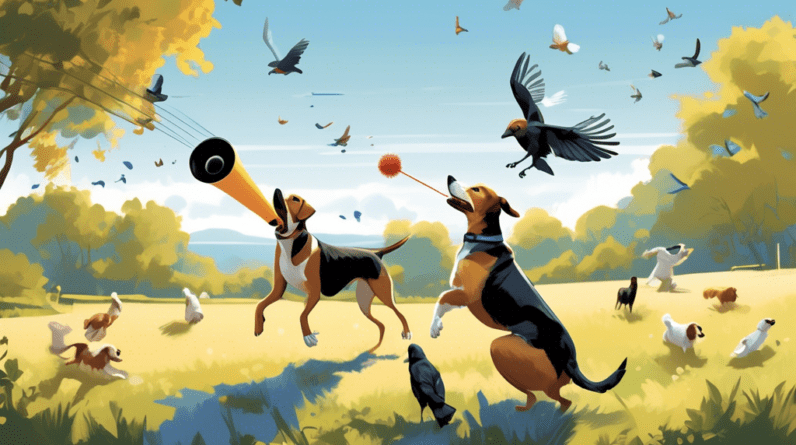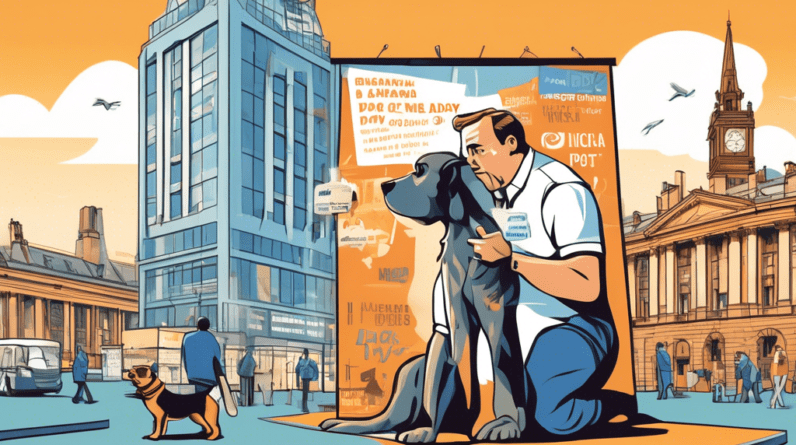
Dog Trainer Reveals How to Teach the Leave It Cue
Every dog owner dreams of the day their furry friend masters the leave it cue. Imagine this: a plate of delicious food crashes to the floor, and instead of diving headfirst into the mess, your dog looks at you, patiently waiting for your next command. This level of impulse control can seem like a far-off fantasy, but with consistent training and positive reinforcement, it’s entirely achievable.
Understanding the Power of Leave It
Before delving into the training process, it’s important to understand why leave it is arguably the most crucial command you can teach your dog. This simple cue goes beyond basic obedience; it’s about instilling impulse control and ensuring your dog’s safety.
Here’s why leave it is so vital:
- Prevents ingestion of harmful substances: From dropped medication to toxic plants, our homes and the outside world can pose numerous dangers to curious canines. Leave it can be a lifesaver in these situations.
- Facilitates peaceful walks: Ever wished your dog wouldn’t try to devour every discarded food wrapper or greet every passing dog with frantic enthusiasm? Leave it empowers you to navigate these situations calmly and safely.
- Improves overall behavior: Teaching impulse control through leave it has a ripple effect on your dog’s overall behavior. It promotes patience, focus, and a stronger bond built on trust and understanding.
Step-by-Step Guide to Mastering Leave It
The key to successful training lies in breaking down the process into manageable steps and using positive reinforcement to motivate your dog.
Step 1: Start with a Closed Hand
1. **Preparation:** Hold a high-value treat in your closed fist, ensuring your dog can smell it but not access it.
2. **Lure and Ignore:** Present your closed fist to your dog. They’ll likely sniff, paw, or even try to lick your hand. Ignore these attempts.
3. **Reward Disengagement:** The moment your dog disengages from your hand, even for a second, mark the behavior with a verbal cue like yes or a clicker if you use one. Immediately reward with the treat from your other hand.
4. **Repetition:** Repeat this process multiple times, gradually increasing the duration your dog needs to leave it before receiving the reward.
Step 2: Introduce the Verbal Cue
1. **Timing is Key:** As your dog becomes proficient in disengaging from your closed fist, introduce the verbal cue leave it just as they look away from your hand.
2. **Reinforce with Positive Energy:** Maintain a cheerful tone and reward promptly with the treat from your other hand.
3. **Gradual Progression:** Over time, start saying leave it slightly earlier, but be careful not to overwhelm your dog. If they struggle, go back a step and reinforce the previous stage.
Step 3: Open Hand Progression
1. **Increased Challenge:** Once your dog consistently responds to leave it with a closed fist, it’s time to increase the difficulty. Repeat the process, but this time, hold the treat in an open palm.
2. **Manage Temptations:** Be prepared for your dog to try and grab the treat! Close your hand immediately if they attempt to take it and calmly say Oops, leave it.
3. **Reward Small Victories:** Even a moment’s hesitation before attempting to take the treat from your open hand is a win! Mark the behavior and reward generously.
Step 4: Distance and Distractions
1. **Expanding the Skill:** Once your dog masters leave it with an open hand, start increasing the distance between you and the treat gradually.
2. **Introducing Distractions:** Practice in different environments with gradually increasing distractions. This could include dropping a toy instead of a treat or having family members walk by.
3. **Real-Life Scenarios:** Begin incorporating leave it into everyday situations like passing by enticing smells on walks or resisting the urge to gobble up dropped food.
Troubleshooting Common Challenges
Even with the best intentions and consistent effort, you might encounter some bumps along the way. Here’s how to address common challenges:
* **Dog Lacks Interest:** Use a higher-value treat or toy to make the training more enticing.
* **Dog Gets Over-Excited:** Keep training sessions short and rewarding. If your dog becomes overly stimulated, end the session on a positive note and try again later.
* **Progress Plateaus:** Go back a step and reinforce the previous stage before moving forward again. Sometimes, a step back can lead to a leap forward.
Consistency is Key: Making Leave It a Lifestyle
Teaching your dog leave it is an ongoing journey, not a one-time event. Remember that consistency, patience, and positive reinforcement are the foundations of successful training. The time and effort you invest will be repaid tenfold in the form of a well-behaved, safe, and happy canine companion.
With dedication and a positive approach, you’ll soon be amazed by your dog’s incredible ability to resist temptation and respond reliably to the invaluable leave it cue.






